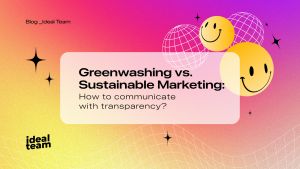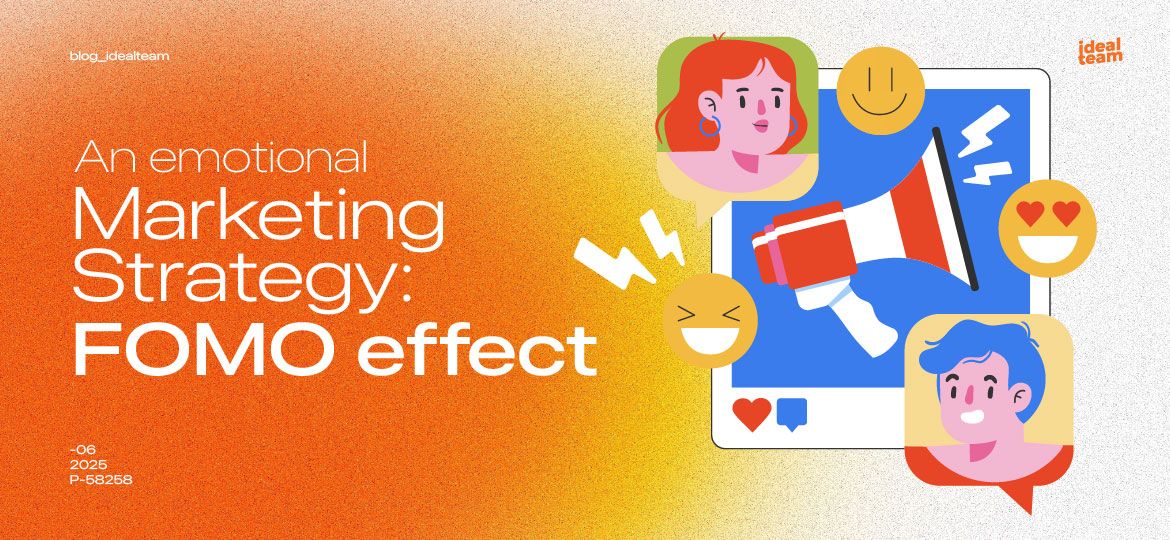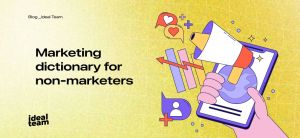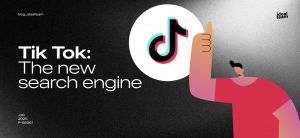

Consumer Behavior: An Marketing Strategy
FOMO, or fear of missing out, isn’t just a modern phenomenon born out of social media. It’s a powerful emotional marketing tool that can turn indecision into action and endless scrolling into a sale.
Today, we’ll explain a little more about how to use FOMO intelligently, strategically, and stylishly, so that your campaigns generate desire without resorting to desperation.
You must have a limit, because crossing the line can make you look needy, urgent, and intense, and the message starts to feel forced.
What is FOMO in marketing?
You’ve probably used more than one service or product that has a FOMO strategy behind it, such as limited-time cheap travel tickets or a new limited-time McFlurry flavor.
FOMO is the emotional push we feel when we see a limited-time offer, a product that is “running out,” or an event that “everyone is going to.”
FOMO is based on a basic principle: People don’t want to miss out on valuable opportunities. And that makes it a psychological hook that speeds up the purchasing decision.
When to use FOMO?
It’s important to know that not all brands can use this emotional marketing strategy, and not all moments warrant it. Here are some cases where it might work:
- Limited launches or editions
- Promotions with specific dates
- Unique events or experiences
- High-demand or low-stock products
- When you need to create urgency without compromising brand value
How to implement FOMO without sounding forced?
The key is to give real reasons for people to act immediately, not to invent scarcity or pressure. It’s about creating a need for immediacy.
There are actions in marketing strategies that can be used to generate these feelings.
1. Countdown
The classic, but if done right, it never fails. Implement counters on your website, emails, or stories. Visible time creates tension (the good kind) and focus.
Example: “Only for 12 hours” / “Last day of discount.”
2. Limited stock
The idea is not to pretend that everything is always running out. It’s that you really have limited quantities or quotas.
Example: “Only 20 people will be able to access this mentoring program.”
3. Real-time social proof
Showing how many people are buying or viewing a product reinforces the perception of value.
Example: “35 people have bought it this week” / “Someone in Medellín just made a reservation.”
4. Exclusive offers
Make your community feel special by offering limited benefits to those who act first.
Example: “Only for the first 50 purchases” / “Early access for VIP members.”
Tips for using FOMO without seeming desperate
- Don’t lie or exaggerate: FOMO loses its power if the customer realizes it’s a trick.
- Measure your tone: don’t beg, convince. Use a friendly and confident voice, not an insistent one.
- Combine it with real value: FOMO isn’t just about scarcity, it’s a way to highlight why your offer is special.
- Use smart design: eye-catching buttons, short phrases, contrasts, and visible timers work better than an explanatory paragraph.
- Create a story: don’t just say “it’s ending,” say why it’s ending. Provide context, emotion, and purpose.
When used well, FOMO doesn’t scream or create desperation. Its purpose is to invite, seduce, and connect.
Emotional marketing provides us with tools that, when applied strategically, are effective, help convert, and strengthen positioning. From e-commerce campaigns to events or digital launches, using FOMO can make the difference between “I’ll think about it” and “I’ll buy it.”
You may be interested:



